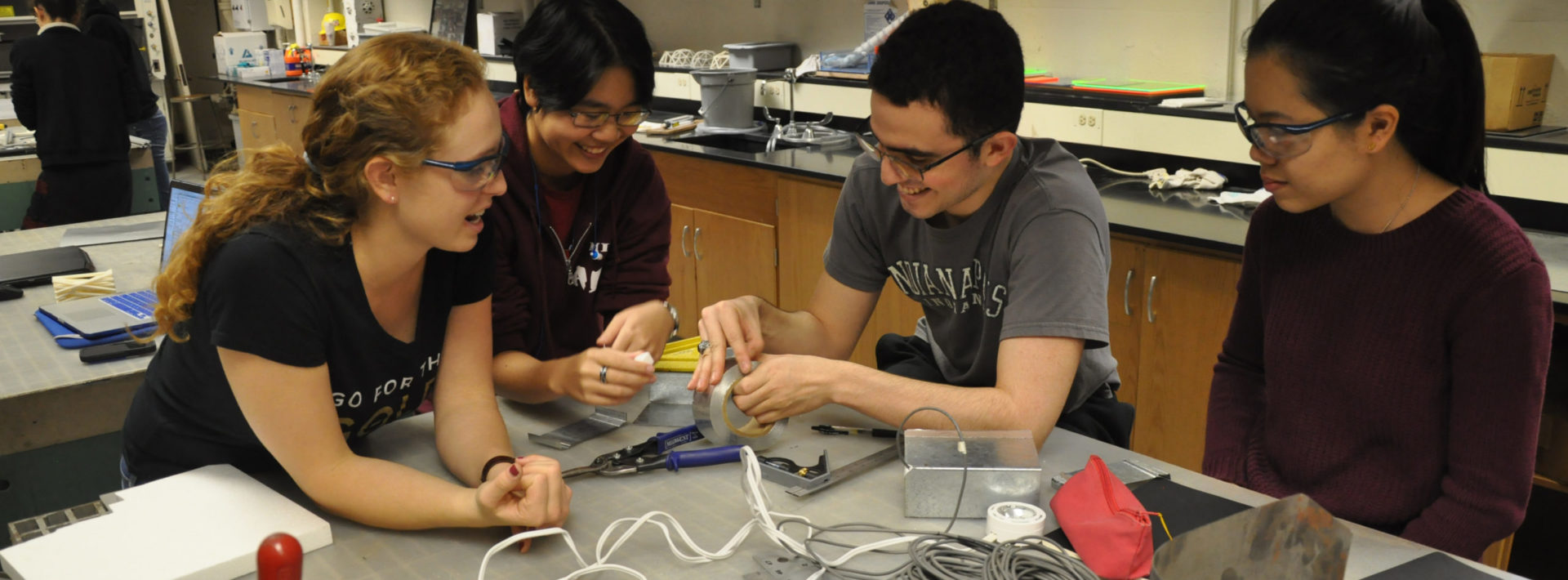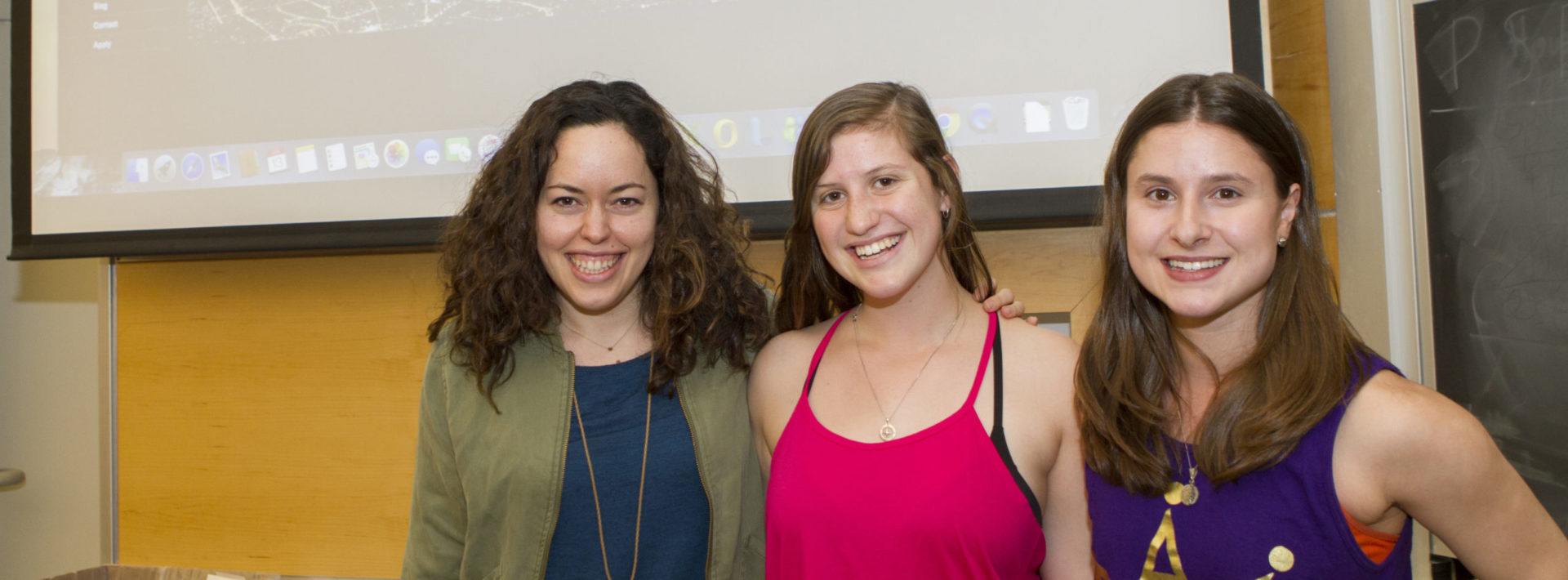Project-based lab class equips students with skills for a lifetime: A look into 1.101

[fusion_text]By René Andrés García Franceschini
It’s almost a month until the semester ends, and all four teams are fully immersed in their final projects. Our materials took a bit longer to arrive, so while we have already prototyped and designed our experiment, we are a bit behind on the actual manufacturing. And as it turns out, our project requires a lot: we’re making a modular building made of metal boxes, designed to mimic a dorm in Amsterdam composed of repurposed shipping containers. When our materials finally arrive, my three teammates and I form what Professor Reis referred to as a “human assembly line,” quickly going through the process of cutting the metal, folding it into a box, shaving off the corners, putting a heat source and a thermistor, and sealing each container. I remember thinking wow, I have never worked this efficiently in my life. And yet, doing all that work was some of the most fun I’ve ever had in a class.
1.101 Introduction to Civil and Environmental Engineering Design I is an introductory project-based lab class taught by Professor Pedro Reis, alongside Stephen Rudolph and our TA Ali Irani. The goal of the class is to envision Boston in 2030, and implement some sort of improvement that you would like to see in the city. If it sounds vague, it’s because the class is intentionally designed to allow you and your teammates to go wild on whatever idea you come up with as a team.

I, alongside my teammates Florence Lo, Angela Leong and Christine Langston, worked on two projects. For our design project, we wanted to create an extension of the MBTA subway system that would make it more efficient, while also providing increased access to disadvantaged communities in Boston. Taking the highly successful Moscow subway system and the Medellín cable cars as inspiration, we came up with the Magenta Line, which would go in a circular (rather than radial) direction around Boston, connecting Roxbury and Dorchester to the rest of the T complex.
For our lab project, we worked on the aforementioned modular building. We wanted to arrange our building in different configurations (for example, a more compact multistory building versus a single story “ring” arrangement) and quantify how heat dissipated based on the different arrangements. The idea was that arrangements that lose heat more slowly could be employed in cold weather conditions, and thus be more energy efficient.
For most classes I have taken in my four semesters at MIT, I can maybe take out a topic or two at most that I know will be essential in the future. What makes 1.101 so impressive is the sheer number of very tangible skills and experiences that I will carry with me always. Taking our project from idea to reality was just as instructive as the hours spent discussing and compromising as a team, or learning how to properly use shop tools, or even building our own professional web-based portfolio that we can use for the rest of our professional careers.
This is in no small part thanks to the amazing teaching staff, who do a great job of guiding you through the whole design process while allowing you to take ownership in your project. It was immensely satisfying for us to get clear results for our heat dissipation project: as it turns out, more compact arrangements of buildings lose heat much more slowly even at such a small scale!
1.101 is a very “MIT” class, in that it forces you to go loose with your ideas and come up with a real product in the end. But more than that, it imparts many tools that prove useful later, whether you are brainstorming new ideas or applying for a job. It is a challenging class, but that never stops it from always feeling worth it. Or, perhaps just as importantly, it never stops it from feeling fun.
What’s next? Get a glimpse into 1.102 (Introduction to Civil and Environmental Engineering Design II)[/fusion_text]
Share on Bluesky

